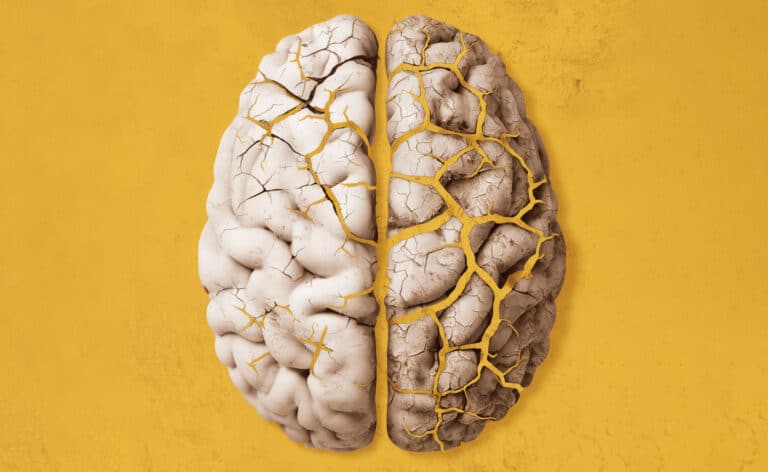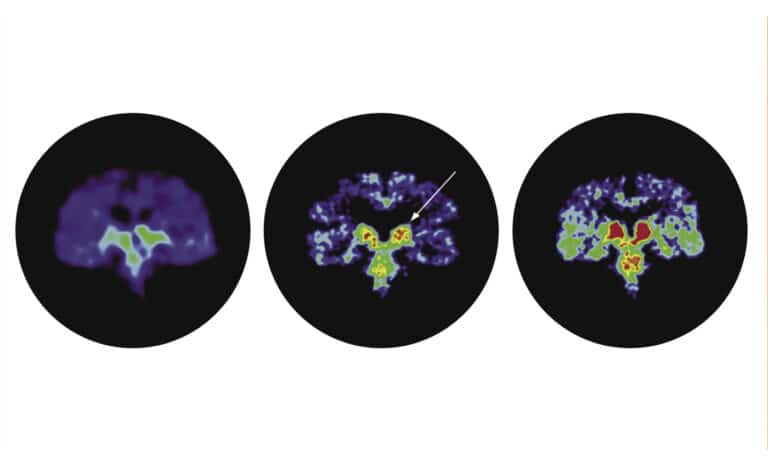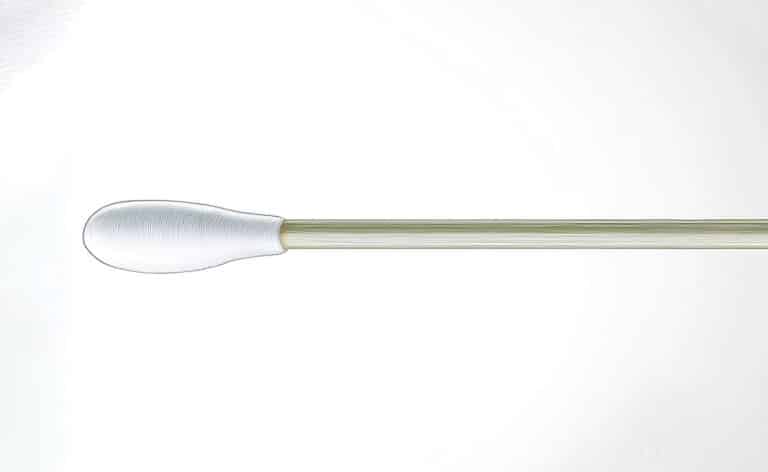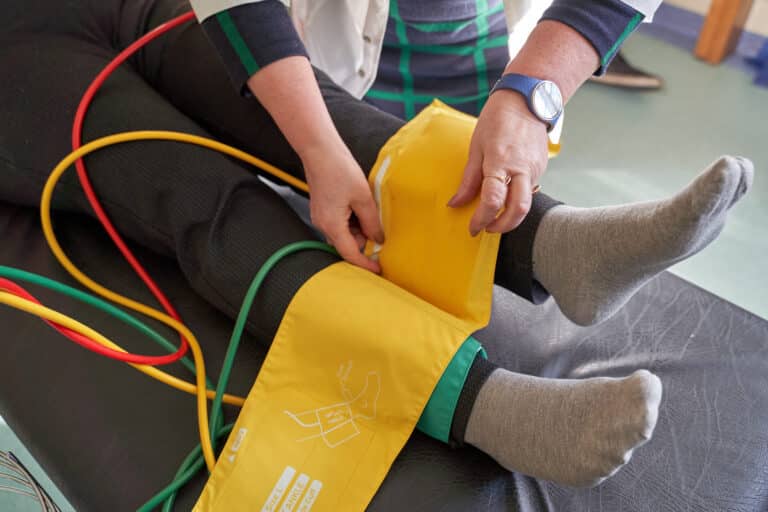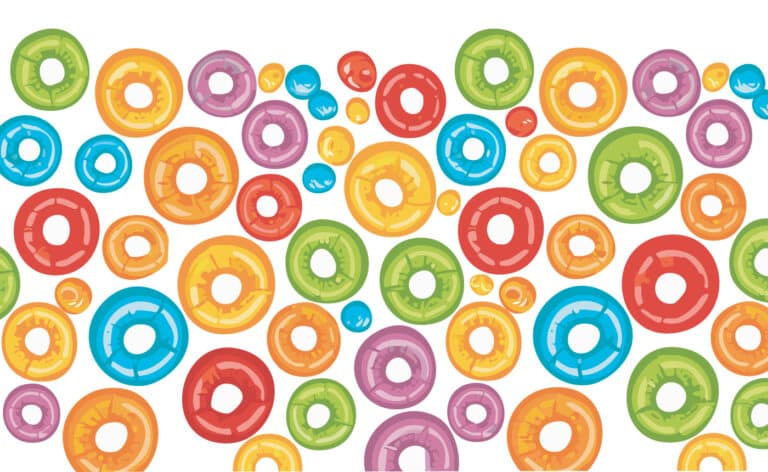Early intervention in a medical emergency can make all the difference. Know the steps to take.
Winnetka resident John Lafferty was going through a routine examination with his physician, Robert Magrisso, MD, at his doctor’s office in town. Everything seemed normal at first, but in a matter of seconds things started to go wrong — not with Lafferty, but with his doctor.
“He attempted to speak, but his speech was suddenly garbled and unintelligible,” Lafferty says. “His face was quite distorted.”
Lafferty recognized something was happening and immediately sought help. Luckily, he was in the best place you could be in a medical emergency: a hospital. One of Magrisso’s physician partners working in the next office diagnosed a stroke and contacted 911.
They soon found that Magrisso had had a severe ischemic stroke — a blood clot in a blood vessel in his brain. This type of stroke can cause major health implications and even death. Magrisso was rushed to treatment and was back to normal within 90 minutes, immediately following completion of the procedure. Due to Lafferty’s bystander actions and emergency teams’ interventions, Magrisso’s life was saved.
But many others aren’t so lucky. With emergencies such as strokes and heart attacks, timing is of the essence, and bystander intervention can even minimize long-term effects or even save a life.
Here, we break down common medical emergencies and the interventions that can reduce damage before emergency medical services arrive.
Stroke
Magrisso had a fortunate outcome, given the time and place his stroke occurred. Outside of a medical setting, though, things could have happened much differently.
Adam Black, MD, is an emergency medicine physician and chairman of the emergency department at Ascension Saint Mary – Chicago. “If there isn’t enough blood getting to the brain, that’s a stroke,” he says.
Signs of a stroke include:
• Weakness in the face, arm, or leg on one side of the body.
• Confusion.
• Difficulties speaking or comprehending speech.
• Face numbness or droopiness.
• Vision changes.
• Trouble walking.
• Dizziness.
• Loss of balance.
• Lack of coordination.
If you notice these symptoms in someone near you, contact 911 immediately. “Activate [emergency services] as soon as you can, and they will take the person to the closest hospital or stroke center based on their needs,” Black says.
Paramedics will need to know what happened and when symptoms started in order to consider medications that restore blood flow to the brain. The longer a person goes without medical intervention, the more potential damage to the brain and body, and the higher the risk of death.
Bleeding injuries
Grace Chang, MD, trauma surgeon and surgery residency program director at Sinai Chicago, chairs the Stop the Bleed initiative for Chicagoland. Because bleeding injuries can essentially happen anywhere at any time, Stop the Bleed aims to educate the public on bleeding control.
“It’s not always gunshot wounds or stabbing,” Chang says. “Bleeding injuries can be caused by anything like car accidents, crush injuries in factories. They can happen just with you running around with your kids and tripping and falling, hitting your head.”
A thorough training program, Stop the Bleed gives physicians and bystanders the tools to save lives, including in the event of mass shootings. “A lot of studies have shown that bystander intervention during things like cardiac injury, heroin overdoses, and especially in bleeding can significantly improve survival,” Chang says.
Stop the Bleed has a free training program with an easy A-B-C process:
A. Alert 911 if you see someone bleeding.
B. Bleeding – figure out where the blood is coming from.
C. Compress – apply pressure to stop the bleeding.
“So essentially if you see someone bleeding on the street, the first thing you want to do is call 911,” Chang says. Next, find the source of the bleeding. “The simplest thing to do that anyone can do is apply pressure,” she says. “Applying pressure is the most important thing.”
Sudden cardiac arrest
More than 800,000 people have a heart attack each year in the United States, according to the Centers for Disease Control and Prevention. In 2020, 436,852 people died of heart attacks in the U.S.
“Cardiac arrest means your heart is no longer functioning appropriately, and the sign of that would be dropping and passing out,” Black says.
A bystander may notice a person collapse, be suddenly unresponsive, and not breathe normally for at least five seconds when the victim’s chin is tilted upward.
“If someone has collapsed in front of you, first call 911.
Then you check for breathing and a pulse. If there is no pulse, start chest compressions,” Black says.
After you call 911, the American Heart Association encourages compressions at 100 to 120 beats per minute — think: the beat of The BeeGees’ disco era hit “Stayin’ Alive.”
Whether stroke, heart attack, or another medical emergency, bystander intervention can be key to saving a life in an emergency, as Lafferty and Magrisso know.
“What is so striking is that I have no deficit, and my MRI is normal, which indicates no damage,” Magrisso says. “Ninety minutes from the first symptom to a resolution is incredible and saved my life.”
Originally published in the Fall/Winter 2023 print issue.

Janis MVK is the founder of a content writing and marketing creation house, specializing in the art of words and marketing management.

